What is the right size Area Rug for a room? |
| Padding ------------- More Comfortable Quieter Warmer Carpet lasts longer | Direct Glue Down (No Padding) ------------------ If Carpet gets wet could be dried using Wet Vac |
If you have padding and the carpet gets wet, the padding will have to be changed in most cases.
The Shaggy Carpets of the 70's are back in a big way, and they have gone through a big makeover with up to date colors and patterns that can truly and uneekly define any space into something special. So if you want to do something different and soft consider a shag carpet.
Rebond Padding is sort of like a sponge and comes in different thicknesses and density’s. We recommend to use the ½” (thick) 6 Lb. (density) with most plush carpets, And the 3/8” 8 Lb. for lower plush carpets.
Felt Padding is a more dense padding with less give and doesn't feel as soft underfoot But will last longer than the rebond padding and is recommended for most low pile carpets, Woven Carpets and is also used in high traffic areas. It’s our preferred padding for most Installations. Some other benefits it is hypo allergenic and moisture resistant.
Specialty Padding (Rubber Padding, Pet Proof Padding, and more.) will be discussed in our next Blog.
Felt Padding is a more dense padding with less give and doesn't feel as soft underfoot But will last longer than the rebond padding and is recommended for most low pile carpets, Woven Carpets and is also used in high traffic areas. It’s our preferred padding for most Installations. Some other benefits it is hypo allergenic and moisture resistant.
Specialty Padding (Rubber Padding, Pet Proof Padding, and more.) will be discussed in our next Blog.
I'm on the new jersey turnpike on my way back from the Shaw distribution center in Cranberry new jersey, where I went to pick up a roll of carpet that has to be installed in 2 bedrooms Sunday morning because the customer had to move in later that day, and due to the Thanksgiving weekend the order was delayed. So instead of doing estimates and catching up on some unfinished business I'm listening to Rush Limbough going on about how messed up our country is and how we're all going down the drain. At least Mr. & Mrs. H. won't have to push off their moving date. I'm happy to do what's needed to show how much we appreciate our customers and that we are happy to go the extra mile(s).
Basic Steps To Take If You Get Flooded
In the past few years Rockland County has suffered some major floods which caused millions of dollars worth of damage. But flooding is not only caused by natural forces. Sometimes flooding is caused by a leaking pipe, leaking toilet, blocked sink or bathtub or other problems in the home. We get a lot of questions from people that their house got flooded; in this article we try to answer some of them.
If the flooding was caused by problems in your home, you have to find the cause and fix it right away otherwise the flooding will not stop. Then the first thing you need to do is remove as much water as possible using a portable water pump and a Shop vac, then fold back the carpet and remove all padding that got wet and turn on fans and dehumidifiers until area is completely dry. When the area is completely dry the carpet could be reinstalled over new padding. If the carpet was glued directly to the subfloor without padding, vacuum out as much water as possible then put fans and dehumidifiers till carpet is completely dry. (Turning on the heat helps)
The carpet should not be left wet past two days because then it becomes a breeding ground for molds. If it is not possible to dry out the carpet within two days and see some molds growing, immediately remove the molds with a mold and mildew killer or a homemade cleaning solution. The place where your carpet is being dried should be well ventilated and free from moisture as molds thrive on moisture.
If the flood water is dirty and might contain contaminants that will be dangerous to your health, it is best to call in a professional to assess the damage and suggest some remediation measures. Some may advise professional carpet cleaning and carpet restoration. If the damage is really bad and the carpet becomes a health hazard, the professional might suggest just disposing of the carpet altogether and replacing it with a new one. The whole floor should be thoroughly disinfected and sanitized though before a new carpet is installed.
To sum it up,
1. Find source of water and fix.
2. Remove water - Use pump then water vac.
3. If there is padding remove area's that are wet.
4. Ventilate area using fans and dehumidifier.
5. Disinfect floor.
If the flooding was caused by problems in your home, you have to find the cause and fix it right away otherwise the flooding will not stop. Then the first thing you need to do is remove as much water as possible using a portable water pump and a Shop vac, then fold back the carpet and remove all padding that got wet and turn on fans and dehumidifiers until area is completely dry. When the area is completely dry the carpet could be reinstalled over new padding. If the carpet was glued directly to the subfloor without padding, vacuum out as much water as possible then put fans and dehumidifiers till carpet is completely dry. (Turning on the heat helps)
The carpet should not be left wet past two days because then it becomes a breeding ground for molds. If it is not possible to dry out the carpet within two days and see some molds growing, immediately remove the molds with a mold and mildew killer or a homemade cleaning solution. The place where your carpet is being dried should be well ventilated and free from moisture as molds thrive on moisture.
If the flood water is dirty and might contain contaminants that will be dangerous to your health, it is best to call in a professional to assess the damage and suggest some remediation measures. Some may advise professional carpet cleaning and carpet restoration. If the damage is really bad and the carpet becomes a health hazard, the professional might suggest just disposing of the carpet altogether and replacing it with a new one. The whole floor should be thoroughly disinfected and sanitized though before a new carpet is installed.
To sum it up,
1. Find source of water and fix.
2. Remove water - Use pump then water vac.
3. If there is padding remove area's that are wet.
4. Ventilate area using fans and dehumidifier.
5. Disinfect floor.
Details
Author
Ace Flooring Blog
Archives
November 2023
September 2022
June 2013
February 2013
January 2013
December 2012
October 2012



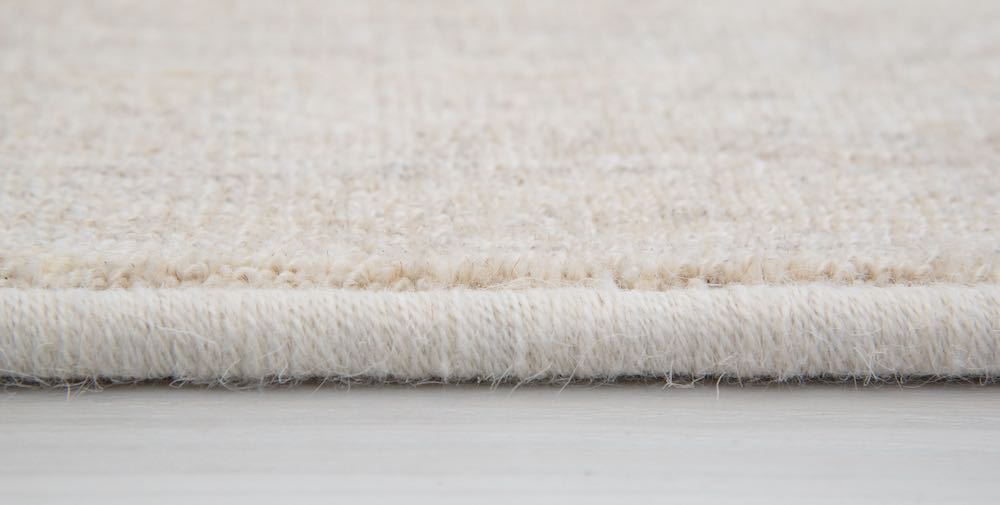
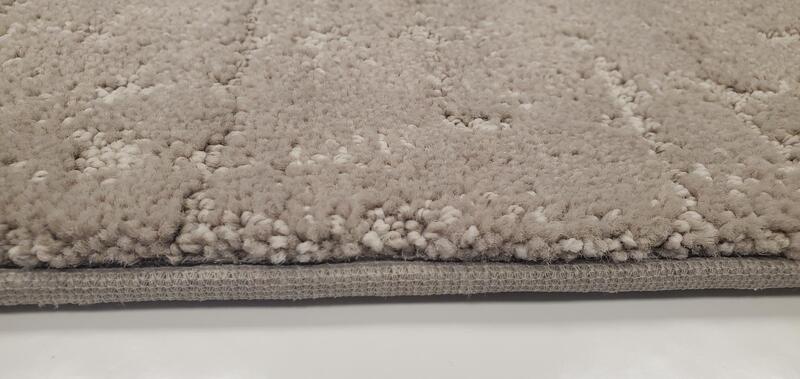
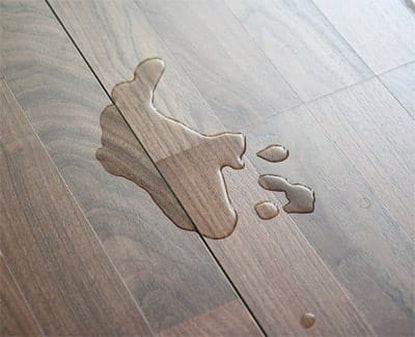




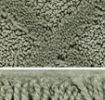





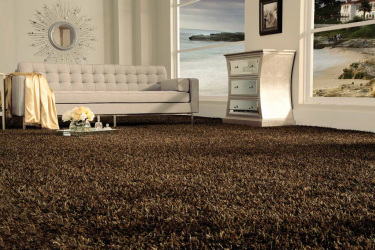
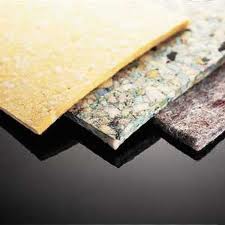

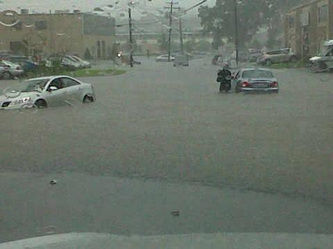
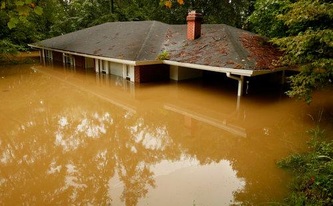
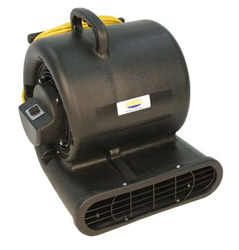


 RSS Feed
RSS Feed
